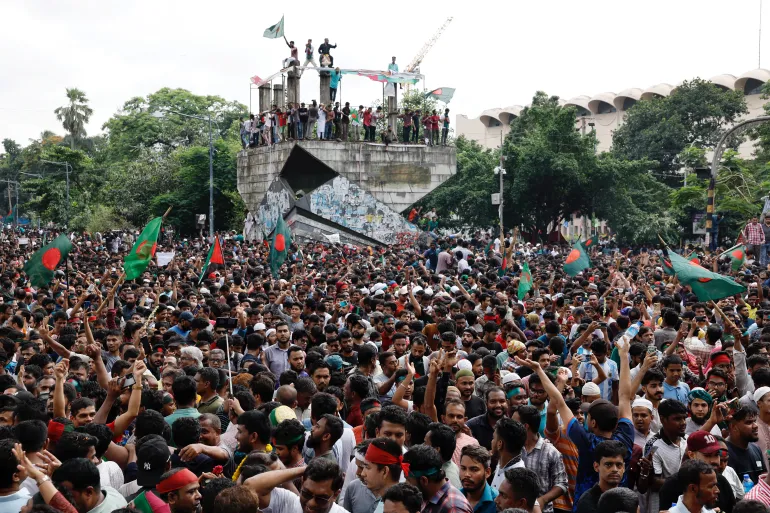Table of Contents
Israel says it is ‘under fire’ as Iran retaliates, Iranian state television says Operation True Promise III launched against Israel.

On June 14, 2025, a chilling video went viral, capturing an Iranian missile piercing Israel’s famed Iron Dome and slamming near the IDF headquarters in Tel Aviv. Explosions echoed across Jerusalem and Tehran as the Israel-Iran conflict erupted into a fiery exchange. This blog unravels the dramatic events, the viral footage, and what it means for a region on edge. Buckle up for a gripping read!
A Missile Breaks Through: The Viral Video That Stunned the World
A 19-second clip, verified by The Times, lit up social media, showing an Iranian missile outsmarting Israel’s Iron Dome. Filmed in Tel Aviv’s Kirya district, the heart of Israel’s military, the video captures a tense moment:
- The Scene: Sirens wail as Iron Dome interceptors streak into the night sky. A loud blast echoes, followed by a bolt of light and a fireball crashing near the IDF headquarters. The Marganit Tower, a Tel Aviv landmark, looms in the background.
- The Impact: Smoke rises as the missile hits, damaging buildings in the heavily guarded Kirya area, home to the IDF and Ministry of Defense. The strike, part of Iran’s “Operation Severe Punishment,” stunned onlookers.
Why does this matter? The Iron Dome, Israel’s shield against rockets, has been a symbol of security. Its breach raises questions about Israel’s defenses and escalates fears of war.
The Fuse: Israel’s Bold Strikes on Iran
The missile strike wasn’t out of nowhere. On June 13, Israel launched “Operation Rising Lion,” a preemptive assault on Iran’s nuclear and military sites. Over 200 targets were hit, including:
- Natanz Nuclear Facility: Seven sites damaged at Iran’s largest uranium enrichment plant, with aboveground infrastructure destroyed.
- Isfahan Nuclear Site: A research facility was struck, aiming to slow Iran’s nuclear ambitions.
- Military Targets: Airbases in Hamadan and Tabriz, plus missile launchers, were obliterated. Mossad commandos and drones smuggled into Iran aided the attack.
IDF spokesperson Effie Defrin boasted, “We have aerial freedom all the way to Tehran,” with 70 jets flying over Iran’s capital. Israel’s goal? Cripple Iran’s nuclear program before it builds a bomb. But deep-buried sites like Fordow (80m underground) remain out of reach without U.S. “bunker buster” bombs.
What’s the catch? Iran’s Supreme Leader Ayatollah Ali Khamenei called it a “reckless act,” vowing to “destroy” Israel for killing 78 people, including top commanders and scientists.
Iran’s Revenge: Missiles Rain on Israel
Iran hit back hard on Friday night, launching hundreds of ballistic missiles in two waves. Dubbed “Operation Severe Punishment,” the barrage targeted Israeli military sites:
- Tel Aviv Hit: Missiles struck near the Kirya, damaging the IDF headquarters and nearby apartments. At least three Israelis died, with 34 injured, including one death at Shamir Medical Center.
- Jerusalem Shaken: Sirens and explosions sent residents to shelters. Videos showed smoke rising as missiles evaded defenses.
- Iran’s Losses: Iran claims 78 deaths, including 20 children, and 320 injuries. Senior IRGC commanders like Hossein Salami and Mohammad Bagheri were killed.
Iran’s new IRGC commander, Mohammad Pakpour, warned, “The gates of hell will open.” Tehran also threatened U.S., UK, and French bases if they aid Israel.
Why so intense? Iran sees Israel’s strikes as an existential threat, especially after losing key figures and nuclear progress. The viral video of the Kirya strike fuels their defiance.
Iron Dome’s Vulnerability: A Wake-Up Call?
Israel’s Iron Dome, backed by David’s Sling and Arrow systems, is a marvel, intercepting 99% of projectiles in past attacks. But Iran’s barrage exposed cracks:
- Overwhelmed Defenses: Videos show missiles slipping through, hitting Tel Aviv’s military hub. Experts say Iran’s 150+ ballistic missiles aimed to “saturate” the system.
- Limits of Technology: The Iron Dome excels against short-range rockets but struggles with high-volume, long-range missiles. A Houthi missile from Yemen recently hit near Ben Gurion Airport, too.
- Interceptor Shortages: Analysts warn Israel’s stockpile of interceptors may dwindle in prolonged conflicts, a concern echoed after Hezbollah’s 2024 attacks.
What’s the risk? If Iran or its allies (Hezbollah, Houthis) keep firing, Israel’s defenses could falter, leaving cities vulnerable.
Global Stakes: A Region on Fire
The conflict threatens to engulf the Middle East and beyond. Iran warned the U.S., UK, and France against helping Israel, threatening their bases in Qatar and Bahrain. Key global reactions:
- U.S. Role: The U.S. helped intercept missiles but denies involvement in Israel’s strikes. Trump urged Iran to resume nuclear talks, set for June 15 in Oman, but Iran’s Foreign Minister Abbas Araqchi called them “meaningless.”
- UK and Europe: UK’s Keir Starmer and Germany’s Chancellor Merz push for de-escalation. The UN’s António Guterres urged “maximum restraint.”
- Oil Shock: Crude oil prices jumped 12%, hitting a 5-month high, as fears of Strait of Hormuz disruptions grow.
Why global alarm? A wider war could spike oil prices, disrupt trade, and pull superpowers into the fray, with Iran’s allies like Hezbollah ready to escalate.
Human Toll: Lives in the Crossfire
Beyond the missiles, the human cost is heartbreaking. In Tel Aviv, residents fled to shelters as the Pride Parade was canceled. In Tehran, Mahtab described a “red sky” and shaking windows.
- Israel: Three deaths, including two in Rishon LeZion, and 34 injured. Rescuers pulled civilians from rubble in Ramat Gan.
- Iran: 78 killed, including civilians and children, with 320 injured. A drone strike in Hamedan killed two police officers.
Analyst Dan Perry says Israelis back the strikes but fear escalation. Iran’s grief over lost scientists and commanders fuels calls for revenge.
What’s the human cost? Families on both sides face terror, loss, and uncertainty, a stark reminder of war’s toll.
Nuclear Talks in Jeopardy
Israel’s strikes hit just before U.S.-Iran nuclear talks in Oman, meant to revive the 2015 deal Trump abandoned in 2018. Iran’s enrichment of uranium alarmed the West, with the IAEA declaring Iran in breach of non-proliferation rules.
- Iran’s Rejection: Tehran says talks are “unjustifiable” amid Israel’s “savagery.”
- U.S. Hope: Trump sees a “second chance” for a deal, but Iran blames Washington for complicity.
- IAEA Warning: No radiation leaks at Natanz, but rebuilding will take years.
Can diplomacy survive? The strikes have frozen talks, pushing the region closer to conflict than peace.
What’s Next: A Ticking Time Bomb
The Israel-Iran clash shows no signs of cooling. Netanyahu vows to “remove the threat,” while Khamenei promises “heavy blows.” Risks ahead:
- Escalation: Iran’s allies, like Yemen’s Houthis, fired missiles, hinting at a broader war.
- Nuclear Push: Israel delayed Iran’s program but didn’t destroy it. Tehran may double down in secret.
- Global Fallout: Oil prices and regional stability hang in the balance, with superpowers on alert.
Analyst Justin Bronk warns Israel lacks the munitions for a knockout blow, while Iran’s resilience endures.
Can this be stopped? Only urgent diplomacy might prevent a full-scale war.
Join the Discussion: Where Do We Go From Here?
The viral video of Iran’s missile striking Tel Aviv is a wake-up call—a sign the Middle East is on a razor’s edge. Will diplomacy prevail, or are we headed for chaos? Share your thoughts in the comments! Dive deeper with our sources below and stay informed on this unfolding crisis.
Sources:
- The Times: Viral video of Iranian missile strike, June 14, 2025.
- Reuters: Iran’s missile barrage, June 14, 2025.
- NBC News: Iron Dome breaches, June 14, 2025.
- Times of India: Kirya compound damage, June 14, 2025.
Let’s talk—comment below and share this story to keep the conversation alive!




